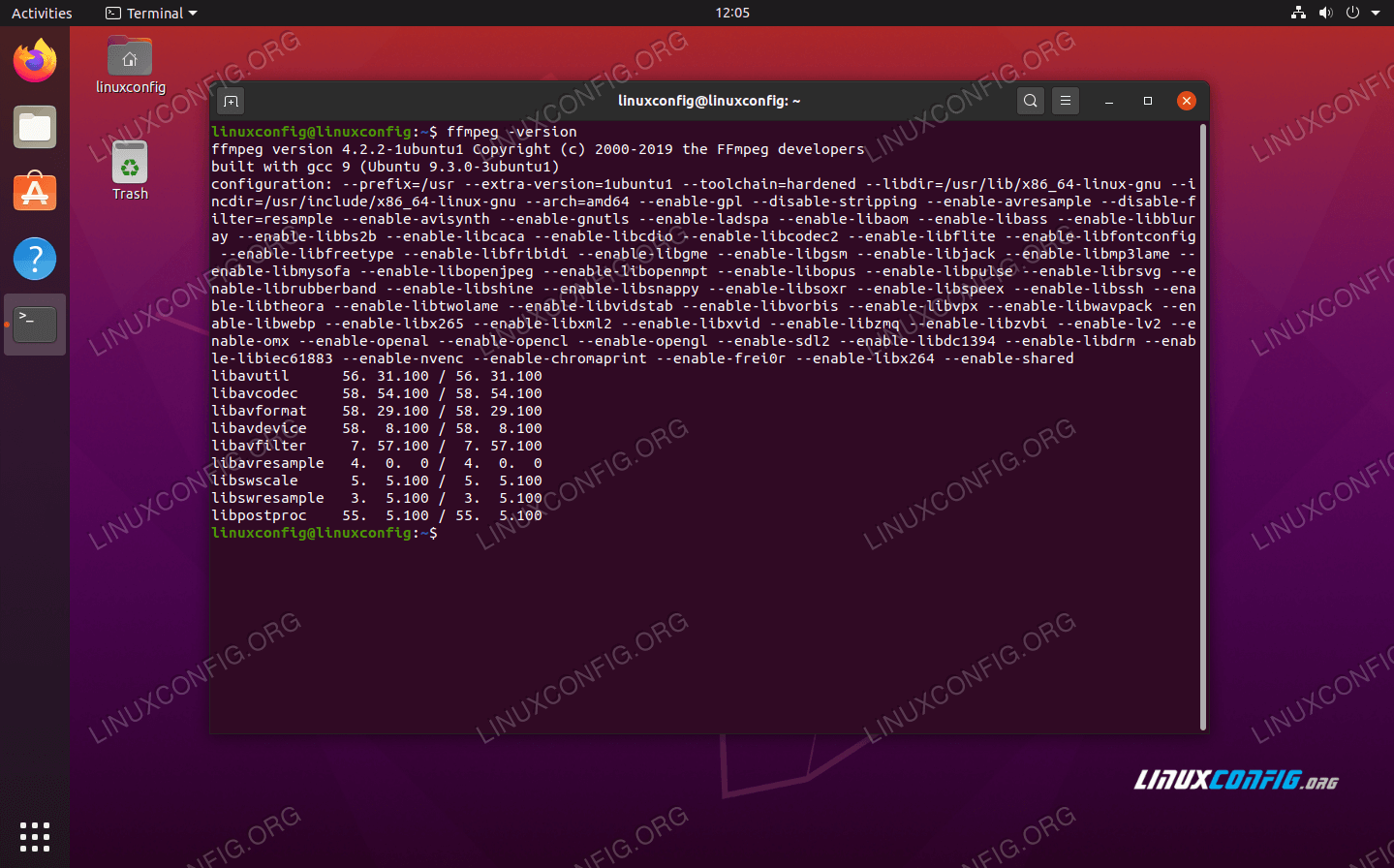

- #INSTALL IMAGEMAGICK UBUNTU 20.04 HOW TO#
- #INSTALL IMAGEMAGICK UBUNTU 20.04 INSTALL#
- #INSTALL IMAGEMAGICK UBUNTU 20.04 UPDATE#
- #INSTALL IMAGEMAGICK UBUNTU 20.04 PASSWORD#
You should see the following page:Īt this point, MediaWiki performs several checks before proceeding with the configuration. Select your preferred options and click “ Continue”. On this page, you can choose the language for your wiki. Get started by clicking on the link to “ set up the wiki”. We’ll be creating that file based on the next few steps. It will also say “LocalSettings.php not found”. Now, open your web browser and access the MediaWiki installation page using the URL. Systemctl reload apache2 Step 6 – Access MediaWiki Save and close the file then enable the virtual host file and restart the Apache service with the following command: a2ensite nf Next, create an Apache virtual host configuration file for MediaWiki with the following command: nano /etc/apache2/sites-available/nfĮrrorLog /var/log/apache2/mediawiki_errorĬustomLog /var/log/apache2/mediawiki_access common Once all the dependencies are installed, set proper permission to the MediaWiki with the following command: chown -R www-data:www-data /var/www/html/mediawiki Step 5 – Configure Apache for MediaWiki
#INSTALL IMAGEMAGICK UBUNTU 20.04 INSTALL#
Once the Composer is installed, change the directory to the MediaWiki and install all PHP dependencies using the following command: cd /var/www/html/mediawiki

You can install it with the following command: apt-get install composer -y Next, you will need to install Composer in your system. Next, move the extracted directory to the Apache web root directory: mv mediawiki-1.35.2 /var/www/html/mediawiki Once the download is completed, unzip the downloaded file with the following command: unzip mediawiki-1.35.2.zip You can download it with the following command: wget Next, you will need to download the latest version of MediaWiki to the Apache web root directory. Next, flush the privileges and exit from the MariaDB with the following command: flush privileges Īt this point, your MariaDB database is created. GRANT ALL PRIVILEGES ON mediawiki.* TO IDENTIFIED BY 'password' Once you are login, create a database and user for MediaWiki with the following command: CREATE DATABASE mediawiki Next, login to the MariaDB shell with the following command: mysql Once all the packages are installed, you can proceed to create a database.

You can install all of them using the following command: apt-get install apache2 mariadb-server php libapache2-mod-php php-mbstring php-xml php-json php-mysql php-curl php-intl php-gd php-mbstring texlive imagemagick unzip -y
#INSTALL IMAGEMAGICK UBUNTU 20.04 UPDATE#
apt-get update -y Step 2 – Install LAMP Serverįirst, you will need to install the Apache, MariaDB, PHP and other PHP extensions to your server. Once you are logged in to your Ubuntu 20.04 server, run the following command to update your base system with the latest available packages. Connect to your Cloud Server via SSH and log in using the credentials highlighted at the top of the page. Create a new server, choosing Ubuntu 20.04 as the operating system with at least 2GB RAM. Step 1 – Create Atlantic.Net Cloud Serverįirst, log in to your Atlantic.Net Cloud Server.
#INSTALL IMAGEMAGICK UBUNTU 20.04 PASSWORD#
#INSTALL IMAGEMAGICK UBUNTU 20.04 HOW TO#
This guide will show you how to install and set up the application, giving you the basis to deploy your own wiki site.

These kinds of websites are especially useful in contexts where several people need to create and modify pages in a quick and easy way. It can be used in several ways, including as a knowledge base, documentation library, community website, or company intranet. The encyclopedia Wikipedia is the most popular of these projects.Ī wiki is a type of website that allows its users to create and edit content in a collaborative manner. MediaWiki is a wiki application written in PHP that the Wikimedia Foundation developed to run several of their projects.


 0 kommentar(er)
0 kommentar(er)
